There is much to love about autumn, from the season’s first early morning frost to the new warm hues of nature’s changing colour palette. But the arrival of autumn also brings additional hazards to the roads – some obvious, others less so. Be prepared for these challenges by mulling over our list of autumn driving safety tips, as well as advice on how to handle other common seasonal issues.
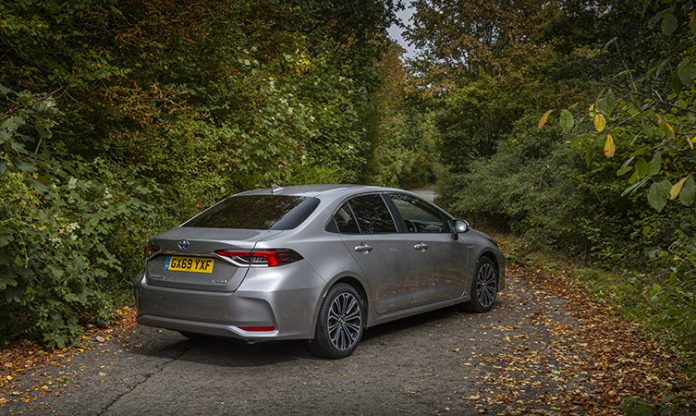
Autumn driving safety tips: slippery roads
- Wet, fallen leaves are extremely slippery and can obscure road markings or conceal other hazards, such as potholes. So take greater care when driving through rural areas by reducing your speed – especially around corners – and paying close attention to your lane discipline.
- Morning frost can create icy patches on shaded areas of the road and across bridges and overpasses. Take extra care by reducing your speed.
- Autumn coincides with deer breeding season, so be extra careful driving through rural and wooded areas, especially during sunrise and sunset times when deer are most active. Take special note in areas where deer warning signs are displayed.
- Prepare your car for colder weather by ensuring fluids such as engine coolant and windscreen wash are at the correct dilution and topped-up. Visit our official eBay store to replenish your supplies.
- October is Tyre Safety Month, so check that your tyres have sufficient tread depth – we recommend a minimum of 3.0mm.
- Clear leaves from your vehicle, especially around the scuttle panel directly under the windscreen, as these can block drainage holes and get caught under your windscreen wiper blades.
- Consider fitting cold weather tyres, which dramatically improve grip and stability when ambient temperatures are less than seven degrees Celsius.
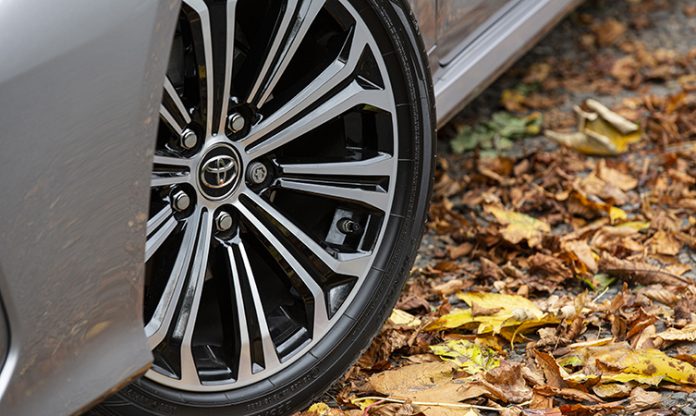
Autumn driving safety tips: low sun
- If the sun is not too low, use your visor to create some shade for your eyes.
- Reduce your speed to increase the safety margin between you and the car in front.
- Keep the inside and outside of your windscreen clean to reduce the effect of glare and the possibility of creating condensation.
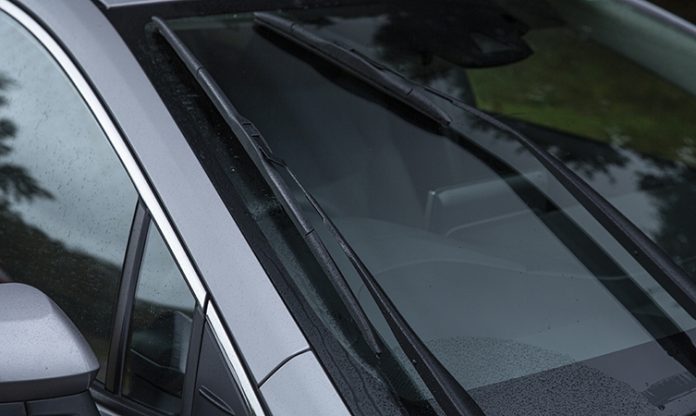
Autumn driving safety tips: rain and floods
- Rain reduces your visibility and increases stopping distances. So it is advisable to double the distance between you and the car in front.
- Use your headlights when visibility is reduced, in accordance with the Highway Code.
- Regularly check the functioning of your lights and the condition of your windscreen wipers. Replace any defective bulbs and blades as necessary.
- Should the steering begin to feel light or unresponsive due to rain or standing water, ease off the accelerator and slow down gradually.
- If the roads are flooded, avoid areas of deep water, which is usually along the road edges or kerbs. If you do decided to cross the water, drive slowly but keep engine revs high to avoid stalling. Be aware that bow waves from approaching vehicles can submerge your car to a much deeper level.
- Do not attempt to cross deep water. A car can float in as little as two feet of standing water.

Autumn driving safety tips: fog
- Fog is one of the most dangerous weather conditions as an accident involving one car can quickly escalate to involve others if they are driving too close. Leave a distance of at least three second between you and the car in front.
- Use your headlights and fog lights to increase your visibility to others.
- At junctions, wind down your window and listen for traffic.
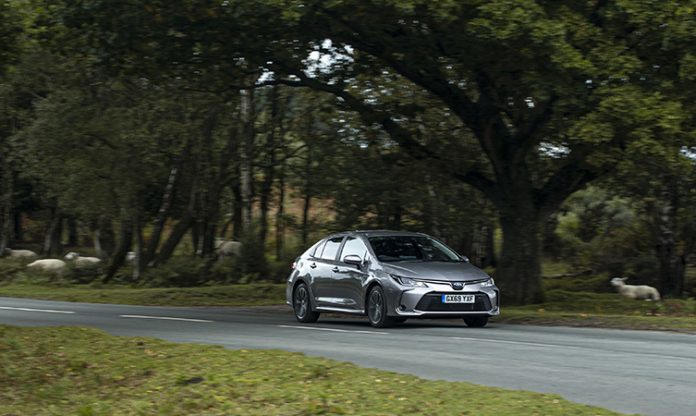
Autumn driving safety tips: strong winds
- Expect sudden gusts at any time but particularly on open stretches of road, through gaps in roadside hedges, or when passing across bridges.
- Hold on tightly to the steering wheel and be prepared to correct your course to stay in lane, or to avoid other vehicles and debris blown into your path.
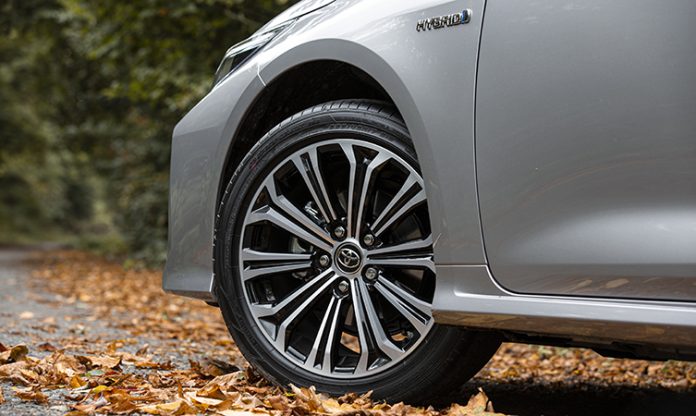
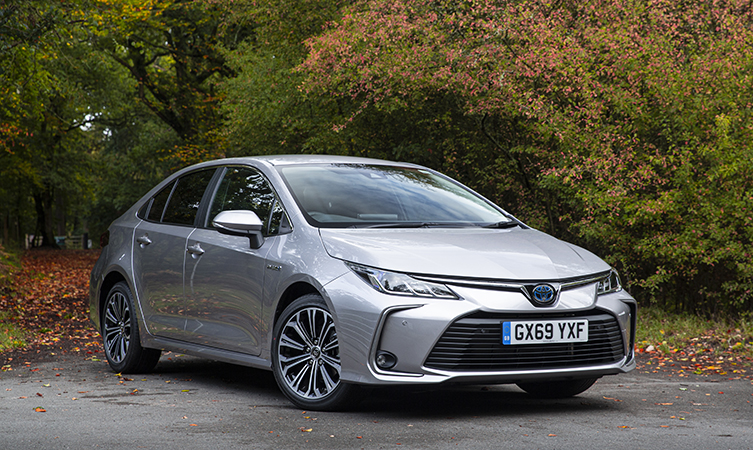




Where are tyre pressures listed in the toyota manual?
If not where is the sticker on the csr to tell you the tyre pressurs?
How soon should a dealer perform recall work (YF17ARO)?
Trevor R
Hi Trevor,
The recommend tyre inflation pressures are listed on pages 477-478. Otherwise, they can usually be found either on one of the car’s B-pillars, on the inside of the glove box lid.
Regarding how soon a dealer should perform recall work, this may depend on a variety of factors including part availability. If you could please provide us with more details, we will email you to find out additional details in order to put you in touch with our customer relations team.
Thanks.